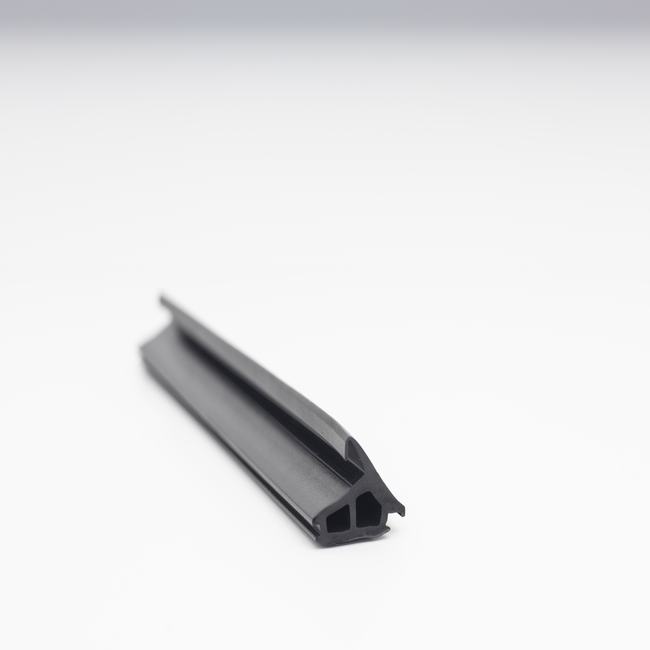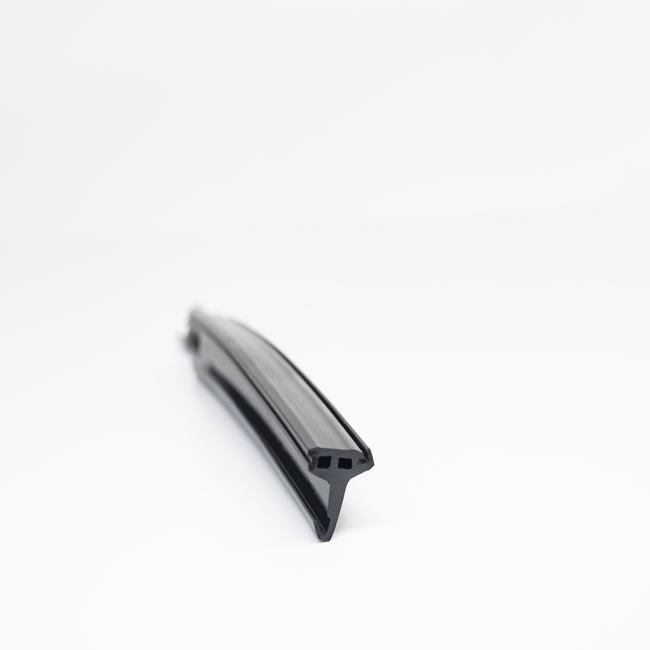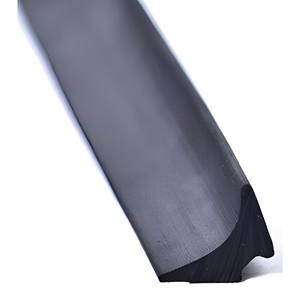Dilatation seals, also commonly known as expansion joints, expansion bellows, or compensators, are crucial components used in a wide range of engineering and industrial applications. These seals serve the essential purpose of accommodating thermal expansion, contraction, vibration, and movement in piping systems, machinery, structures, and various other equipment. Their primary function is to prevent damage to the connected components caused by thermal variations and mechanical stress.
A comprehensive description of dilatation seals entails a closer examination of their various aspects:
- Purpose:
Dilatation seals are primarily designed to address two main concerns in engineering and industrial applications:
- Thermal Expansion and Contraction: As equipment and structures heat up and cool down, the materials they are made of expand and contract. Without expansion joints, this can lead to excessive stress and damage in the connected components.
- Vibration and Movement: Machinery, pipelines, and other structures often experience dynamic forces and vibrations. Dilatation seals help to absorb these movements and prevent mechanical damage.
- Types:
There are several types of dilatation seals, including:
- Metallic Expansion Joints: These are made from various metals and are suitable for high-temperature and high-pressure applications.
- Rubber Expansion Joints: Typically used in applications that require resistance to chemical corrosion and are effective at absorbing movement.
- Fabric Expansion Joints: These are constructed from fabric-reinforced materials and are commonly used in ducting and exhaust systems.
- Teflon Expansion Joints: Made from PTFE (polytetrafluoroethylene) and known for their resistance to chemicals and high temperatures.
- Design and Construction:
Dilatation seals are designed with flexibility in mind. They consist of a flexible element, often a bellows or corrugated tube, which can absorb the expansion and contraction while maintaining a seal. The material used for this flexible element varies depending on the specific application, with considerations for temperature, pressure, and chemical compatibility. The ends of the seal are typically attached to flanges or other connection methods, allowing them to be integrated into the system. - Applications:
Dilatation seals are used in a wide range of industries and applications, including:
- Petrochemical and Chemical Plants: To accommodate thermal expansion and contraction in piping systems.
- Power Plants: To absorb movement and vibration in exhaust systems and turbines.
- HVAC Systems: To mitigate vibrations and maintain tight seals in air ducts.
- Bridges and Infrastructure: To absorb movement and vibrations in large structures.
- Automotive Industry: In exhaust systems to handle engine vibrations and thermal variations.
- Benefits:
The use of dilatation seals provides several key advantages, such as:
- Preventing structural damage and leaks in piping systems.
- Extending the lifespan of equipment and structures.
- Improving safety by reducing the risk of catastrophic failures.
- Enhancing system efficiency by allowing for expansion and contraction without compromising performance.
- Maintenance and Inspection:
Regular maintenance and inspection of dilatation seals are essential to ensure their effectiveness and longevity. Inspections involve checking for wear, damage, and signs of leakage. Replacing seals that are no longer functioning correctly is crucial to maintaining the integrity of the connected systems.
In conclusion, dilatation seals are indispensable components in a wide array of industries and applications, serving to address the challenges of thermal expansion, vibration, and movement. Their design and construction are tailored to specific needs, and their use is essential for ensuring the safety, performance, and longevity of equipment and structures in diverse industrial and engineering settings.






